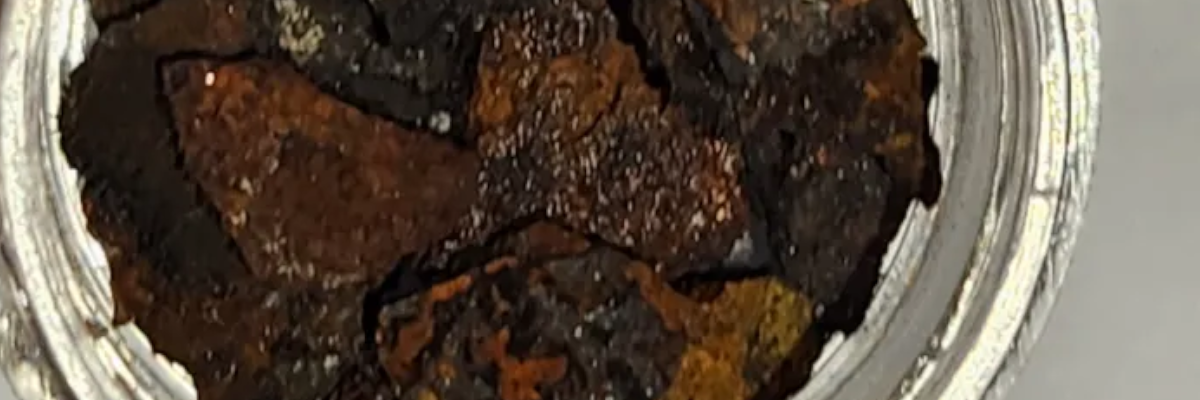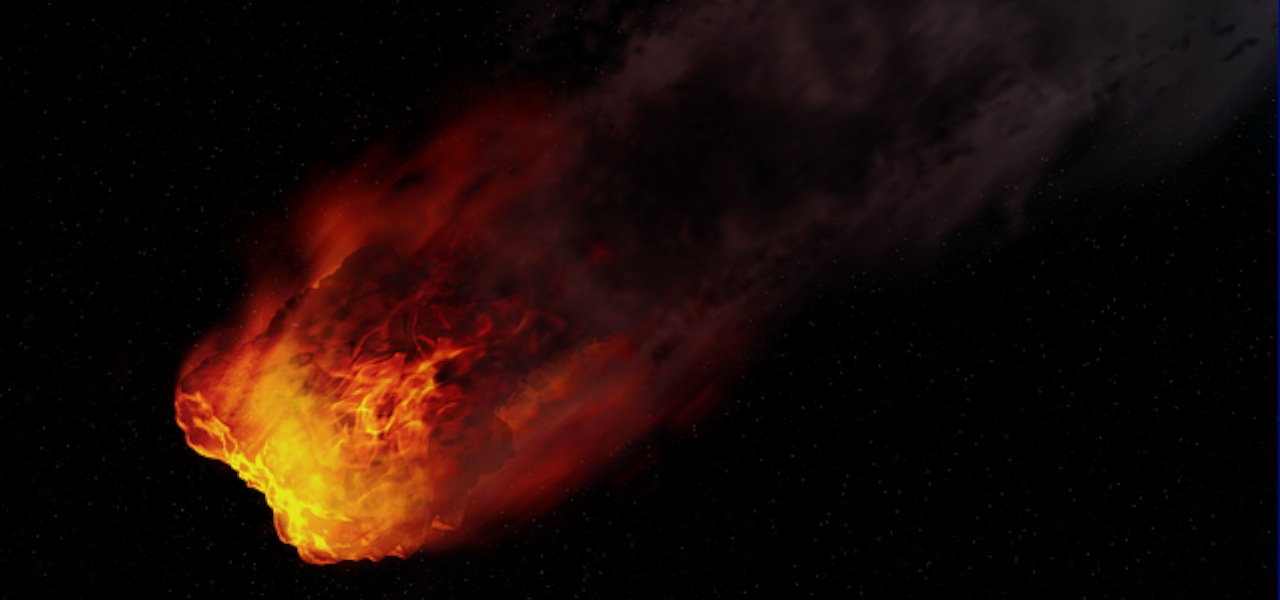Using an expedition vessel aptly called the “Silver Star”, Dr. Loeb’s team is using a magnetic sled to recover metallic debris from the floor of the Pacific Ocean. These last few days, they managed to recover 2 types of anomalous debris that their onboard laboratory was unable to identify.
Sponsored by American entrepreneur Charles Hoskinson, Project Galileo’s latest endeavor has been striving to extract the remains of the first identified interstellar object. Their goal is to find signatures of extraterrestrial technology, and IM1’s speed and density recorded by both NASA and U.S. Spacecom, make it a prime choice. Colliding with Earth at high speed and an unusual angle, and dissipating an extreme amount of energy in the atmosphere during the reentry, IM1 is indeed an intriguing object. With a core sturdier and denser than any meteor known to man, the Harvard team thinks there is a possibility that the core of the object didn’t disintegrate when colliding with Earth.

Shock-Resisting Steel
The first major discovery took place on June 19, during the last week of collecting debris from both the Ocean floor and control zone. Among the volcanic debris, the sixth sampling by the sled captured small shards of steel mixed with titanium, commercially named shock-resisting steel. With a yield far greater than any iron meteor ever recorded, the material fits the description given by NASA. Its nature and shape, reminiscent of the casing used to protect instruments or components, are also interesting characteristics. During that 6th run, the sled also bumped into a solid object, but the onboard cameras were out of batteries.
The next sample run also recovered shards made of the same iron a few kilometers away. Two types of shards were recovered: gray and red. The gray had 8 times more titanium than the red, but to call this debris evidence of extraterrestrial origin will require much more analysis in laboratories.

Interstellar Spherules
On June 21, while sorting through the volcanic debris recovered in the different sampling runs, Ryan Weed found a 0.3 mm diameter metallic sphere made of iron mixed with magnesium and titanium, but without nickel, an “anomalous composition compared to human-made alloys, known asteroid and familiar astrophysical sources”, according to Dr. Loeb. Interestingly, he explained that they could reverse-engineer the alloy to “analyze the resulting materials properties.”
As of June 22, the team has gathered 11 spheres in total, all seemingly similar in composition, and all magnetic. The sled collected them at a depth of 2 kilometers, twice the maximum depth a Los Angeles Class nuclear submarine can reach. Dr. Loeb’s goal to reach the possible remains of the object’s core then turned into a hunt for the biggest spherules, remnants of the object melted away in the heat produced by the impact.

The Hunt
After devising the best statistical approach to find the needle in the haystack, and realizing the incredible luck they had to find the first series of 9 spherules, Avi Loeb estimated the chance of finding debris of more than 3 millimeters to be a 1 in a 1000. He explained that many of the smaller spherules were smaller than 0.25 millimeters and were very hard to identify and extract from the samples. But doing a systematic collection of these spherules allows them to draw a density map and to locate their real target, the possible main remnants of a non-human craft.

On June 23, a 0.6 mm debris was recovered, mostly made of iron and "trace elements used in semiconductors" but further analysis will be necessary to prove an artificial origin. The total count of anomalous debris reached 15, a milestone for the team. Each spherule recovered from the Ocean's floor allowed them to draw an impact map of the object with Earth.
By June 25, the Team collected 30 spherules, for a total mass of 3.2 milligrams.
By August 29, the Expedition gathered around 700 spheres. 47 were examined, and 5 showed an unusual composition, with an excess of Berylium, Lanthanum and Uranium. According to the paper released in pre-print, it could be due to an extra-solar or artificial origin.
This article will be updated as new information is revealed by the Galileo Project's Interstellar Expedition Team.
Main picture: Image by Alexander Antropov from Pixabay

